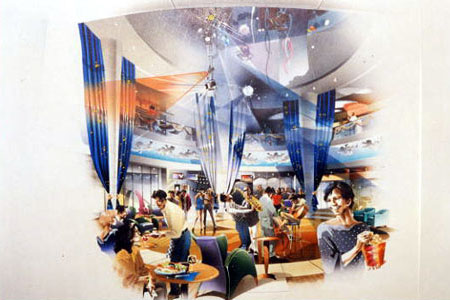Terry Lewis Home Page
Freelance artist, Architectural illustrator, Perspective
artist

Please click here to enter our site

Please click here to enter our site
in the 20th century—for example, in the work of the Mexican muralists. The impulse to express intense emotion in art links painters as different as El Greco in, perspective illustrator 16th-century Spain and the German Expressionists of the 20th century. At the opposite pole from Expressionist attempts to reveal inner reality, there have always been painters committed to the exact representation of outward appearances. Realism and Symbolism, classical restraint and Romantic passion, have alternated throughout the history of painting, revealing significant affinities and influences. Painting, the art of freelance illustrator, applying colour, or other organic or synthetic substances, to various surfaces to create a representational, imaginative, or abstract picture or design. II. freelance artist, Media, Techniques, and StylesPrint section In the course of its history, painting has taken several major forms, involving distinctive media and techniques. architectural rendering, Up until the 20th century, it has almost invariably been underpinned by the art of drawing. In the West fresco painting, which reached the height of its development in the late Middle Ages and throughout the Renaissance, involves the application of paint to wet, or fresh (Ital., fresco), plaster or to dry plaster. architectural illustration, Tempera painting, another older form, involves the use of powdered pigments mixed with egg yolk applied to a prepared surface—usually a wood panel covered with linen. Oil painting, which largely supplanted the use of fresco and tempera during the Renaissance, was traditionally thought to have been architectural illustrator, developed in the late Middle Ages by the Flemish brothers Jan van Eyck and Hubert van Eyck; it is now believed to have been invented much earlier. Other techniques are enamel, encaustic painting, gouache, grisaille, and watercolour painting. The use of acrylic paints has become very popular in recent perspective artist, times; this water-based medium is easily applied, dries quickly, and does not darken with the passage of time. Over the centuries, different artistic methods, styles, and theories relating to the purposes of art have evolved, succeeding one another, and in certain cases reappearing, generally with modifications, perspective art, in later times. In the Renaissance, fresco painting on walls and ceilings largely gave way to easel painting in oils, but wall painting returned to popularity